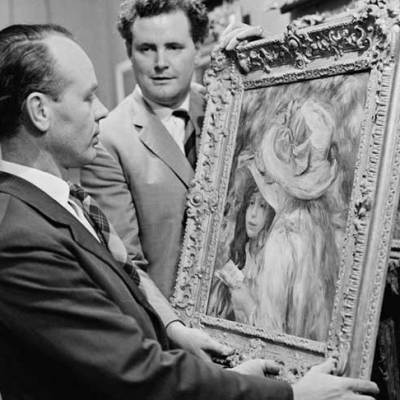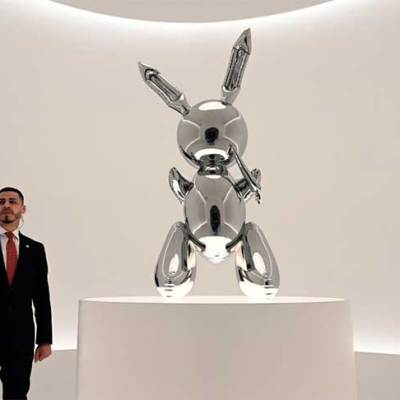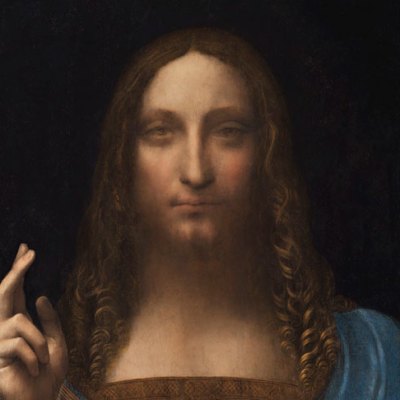Predicting what’s in store for the global art market in 2020 is pure madness, for time and time again pundits – most of us Jeremiahs foretelling doom and gloom – are confounded by the resilience of a market whose major players are adept at papering over any emerging cracks. Such is the power, and the professionalism, of the two global auction houses and of the small coterie of leading contemporary art dealers, that the wider world always believes that everything is fine and dandy. In this market, confidence is almost all.
For that reason, however challenging the geopolitical climate, and however difficult it remains to obtain major works of art for sale, demand is likely to remain high. It can only help that increasingly sophisticated AI and digital strategies are nudging bidders into action. Christie’s, for instance, is already able to report that 60 per cent of its buyers engage solely through digital channels, and that the 12m unique visitors to its website are up 21 per cent on last year. Browsing activity triggers some 30,000 emails each week. Sotheby’s acquisition, announced in January 2018, of the US start-up Thread Genius, which worked on the music-recommending functionality of Spotify, signals its confidence in algorithms and image-recognition technology as tools to predict users’ tastes and present them with other works they might like. It seems that we should expect more and more auctions to become online-only (the latest casualty for those who like looking at art before they buy it is Sotheby’s Erotic Art sale in February).
While it remains unclear how effective AI will prove in marketing unique works of art, not least at the top end of the market, the investment in digital technology by auction houses and contemporary art dealers alike reflects the growing strength of the middle market. After years of focusing in on a small pool of collectors, the art trade seems, in these more difficult times, to be encouraging a broader range of global clients. In 2019 day sales of 20th-century art in particular achieved their highest totals in auction history, and there is no reason to believe this will change.
The upside of the relative dearth of blue-chip material is that other – no less interesting but certainly less expensive – works of art have come to the fore and excited the interest of real collectors rather than speculators. Fewer asset-class works on the market have also meant fewer guarantors – a force for good or evil, depending on your point of view.
This March will bear the fruits of Christie’s increased investment in and commitment to Asia, where clients are increasingly collecting across categories and geographical borders. The company has announced that it will launch a new evening sale of 20th-century and contemporary art in Hong Kong to coincide with Art Basel. (Local politics, of course, make both events hostages to fortune – the fair recently emailed participating dealers with a set of discount offers and accommodations in light of ongoing protests.) Sotheby’s is also looking to develop its business in Asia.
Perhaps the most striking development has been the growing confidence and investment in Paris. Unusually, this has not only been confined to the contemporary art trade and the auctioneers but to the ‘antiquairs’ who are gathering forces to transform Fine Art Paris into a flagship art fair to rival the flailing La Biennale Paris. All this looked inevitable, perhaps, in light of the prospect of Brexit and the fact that both major auction houses now belong to French owners. Sotheby’s, certainly, will be the place to watch this year as it returns from public to less-scrutinised private ownership. Entrepreneur Patrick Drahi has wasted little time in transforming the firm’s top management, reorganising its reporting structures and looking to capitalise on its assets. The 275-year-old firm is poised to grow and diversify its services, perhaps through further acquisitions.
The only thing certain about the art market is that you never know what will happen. Who, after all, would have imagined that a Leonardo da Vinci could be offered in a contemporary art auction and sold for $450m?



